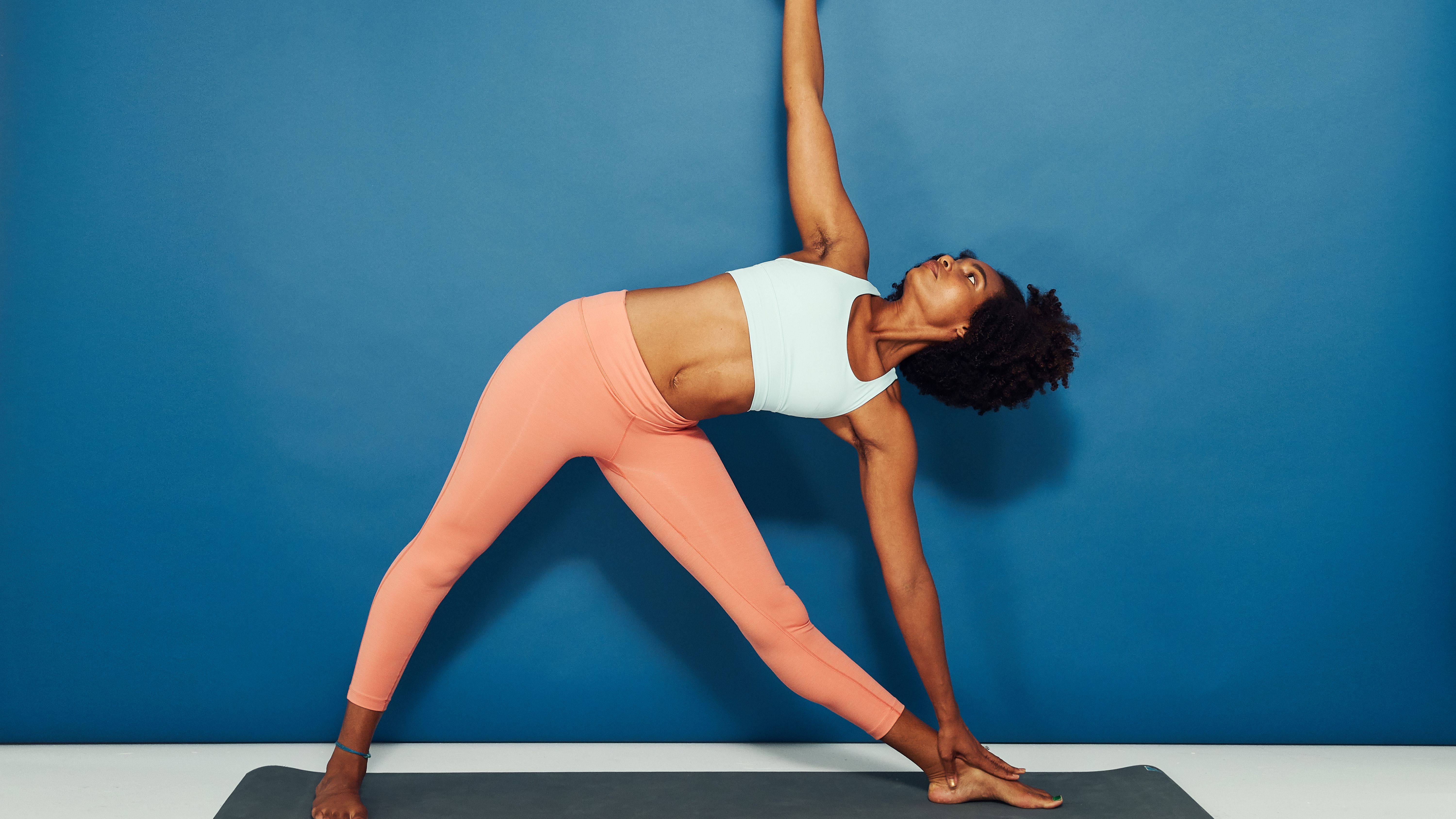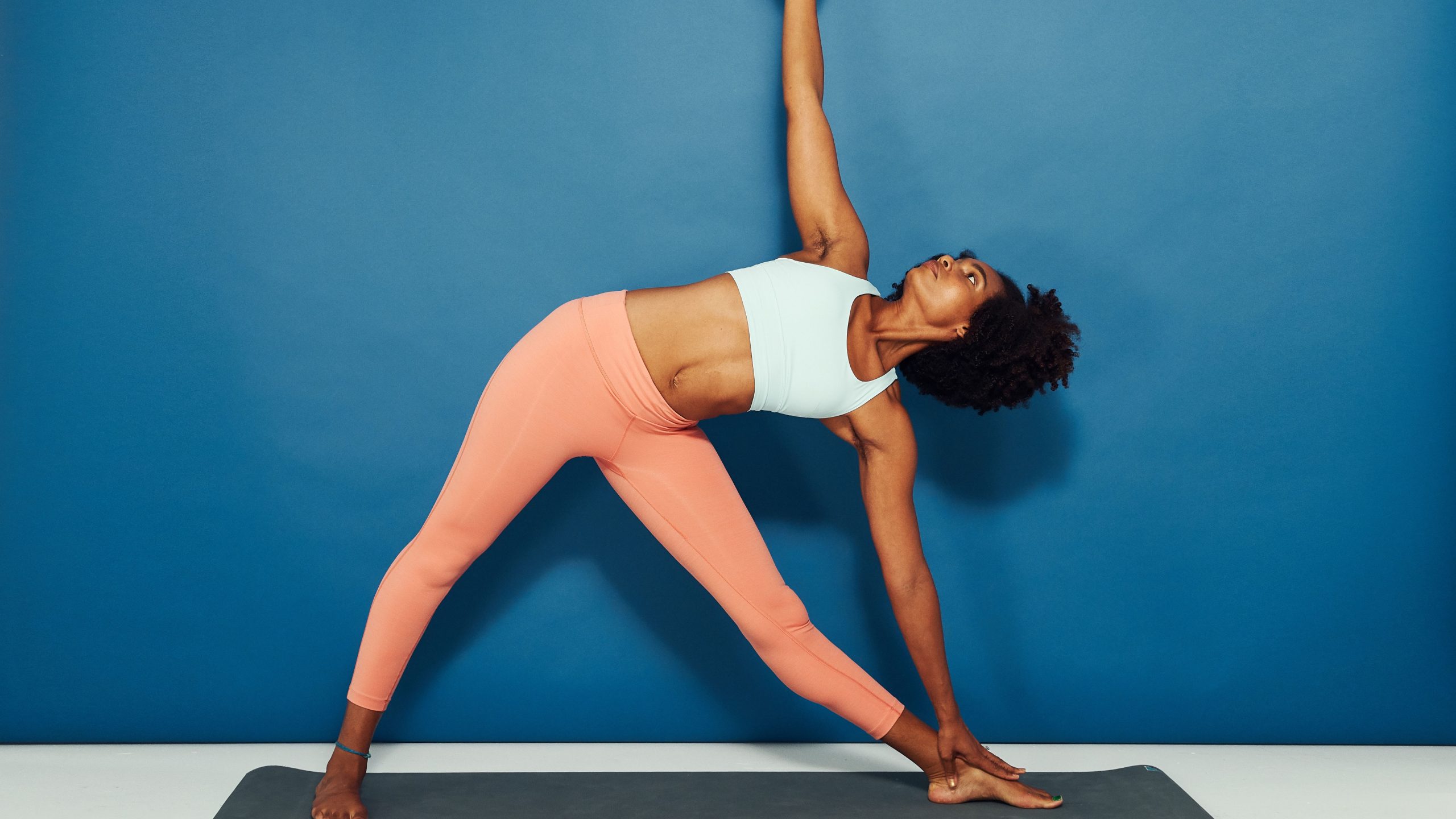
🧘♀️ Rethinking Pain in Yoga: Cultivating a Practice That Heals, Not Hurts 🧘♂️
Yoga is widely revered for fostering mindfulness, flexibility, and overall well-being. It serves as a retreat for many — a space to relax, reconnect, and restore. But what transpires when your yoga practice leads to physical discomfort? If this rings true, you’re not alone. Shoulder strains after Vinyasa, lower back tightness in forward bends, or achy knees following warrior poses — these anecdotes are shared across yoga studios and classrooms globally.
Let’s establish one fact: yoga should never be painful. If it is, that indicates a necessary change — not a signal to power through.
This article presents a renewed outlook on how to sustain a pain-free, enduring yoga practice that respects your body’s requirements and limits while still providing the growth, challenge, and tranquility you seek on the mat.
Common Areas of Discomfort in Yoga
Whether you’re an experienced yogi or a beginner, it’s vital to be aware of what types of pain are prevalent — and often preventable — with a few mindful adjustments:
– 🩹 Shoulder and Wrist Pain: Commonly encountered in poses like Chaturanga, Downward Dog, and arm balances.
– 🩹 Neck and Lower Back Discomfort: Provoked during deep backbends like Wheel pose or intense forward folds.
– 🩹 Hip and Knee Strain: Often experienced during Warrior poses, Pigeon pose, and long-held seated stretches.
In many instances, practitioners endure the pain out of passion for the practice or the perceived pressure to adhere to an ideal form. However, continuing to practice in pain can result in chronic discomfort, injury — or even recommendations from health professionals to abandon yoga altogether.
But don’t roll up your mat just yet. There’s an alternative approach.
Let Go of These Misleading Yoga Myths
Before we transition to a more body-respectful practice, it’s essential to dispel some harmful beliefs:
❌ “The teacher always knows best.”
Teachers are guides, but your body is the foremost authority. Not every cue or alignment applies to everyone.
❌ “More is better.”
Just because you can deepen a pose doesn’t mean you should. Honor your limits.
❌ “No pain, no gain.”
This mindset might work in high-intensity workouts, but in yoga, it can result in significant physical harm. Pain is not a badge of honor — it’s a signal.
How to Establish a Pain-Free, Customized Yoga Practice
The encouraging news? A healthy, sustainable, and enriching yoga experience is not only feasible — it’s what the practice was intended to be all along.
Here are five actionable steps to make your practice fulfilling and pain-free:
1. 🚶 Progress Gradually
Yoga isn’t a competition. A robust practice is developed over time by gradually challenging — not overwhelming — the body. Acknowledge your physical, emotional, and mental limits. Release ego-driven expectations and embrace the journey.
2. 🪄 Adjust as Necessary
If a pose is painful, modify it. Perhaps a shorter stance, wider foot placement, or a prop-supported version would alleviate the discomfort. Yoga ought to feel balanced — a blend of effort and ease.
3. 🙉 Allow Yourself to Disregard Cues
Not every instruction is beneficial. Some traditional directives may not align with your body shape, mobility, or needs. Explore alternative alignments and discover what supports you — not a one-size-fits-all approach.
4. 👩🏫 Select Your Instructors Thoughtfully
Look for teachers who promote exploration and offer modifications. A good instructor empowers you to take ownership of your practice, encourages dialogue, and values your input.
5. 🧑⚕️ Consult a Yoga-Savvy Physical Therapist
If you’re dealing with pain, collaborate with a physical therapist familiar with yoga. Show them the poses or sequences that induce discomfort. Together, you can design adaptations that preserve the essence of your practice while safeguarding your body.
📢 The Conclusion: It’s Time to Redefine Your Practice
Pain isn’t necessary for progress in yoga. Instead, your practice should reflect your personal development: intuitive, adaptable, and nurturing.
Yoga invites us to tune into ourselves — to listen rather than force, to feel rather than push. If your practice is causing you pain, don’t ignore the signs. Rethink it, refine it, and reclaim it. This is your journey, your body, your practice.
So the next time you step onto the mat, do so not just with strength and bravery, but with kindness and self-awareness. After all, yoga isn’t solely about touching your toes — it’s about the lessons learned along the way down.
🧘 Namaste.
—
Image credit: zdravkovic via Canva
Discover more about shaping a personalized yoga journey that heals instead of harms. Your practice, your pace, your path.
